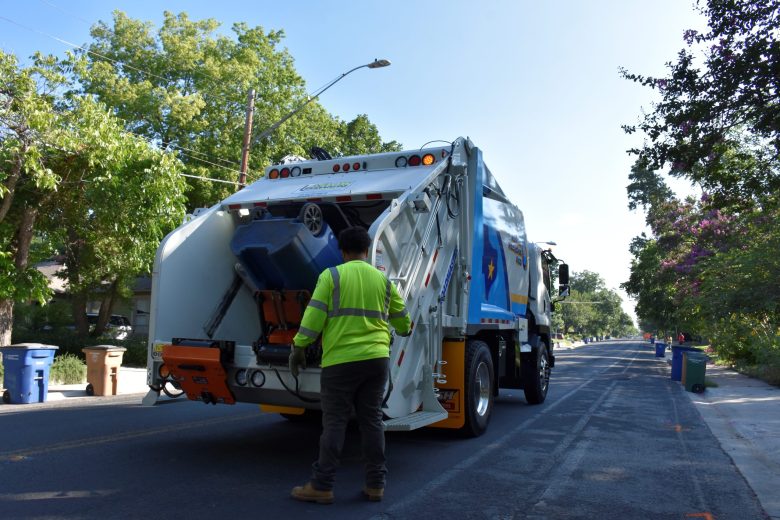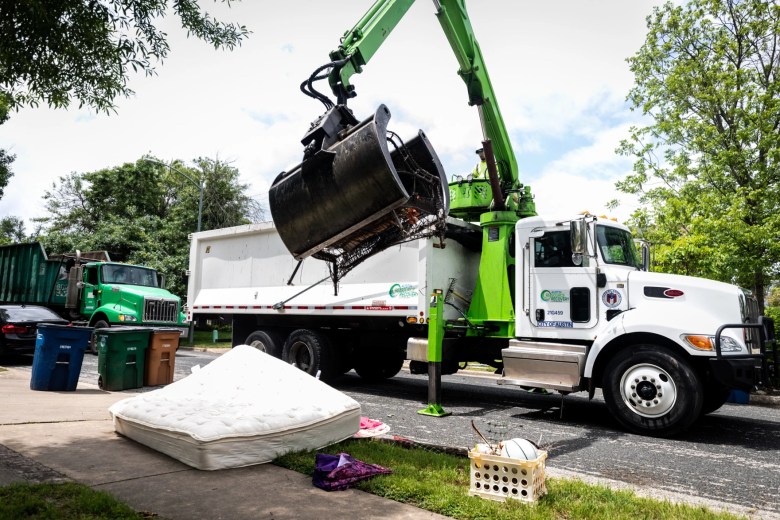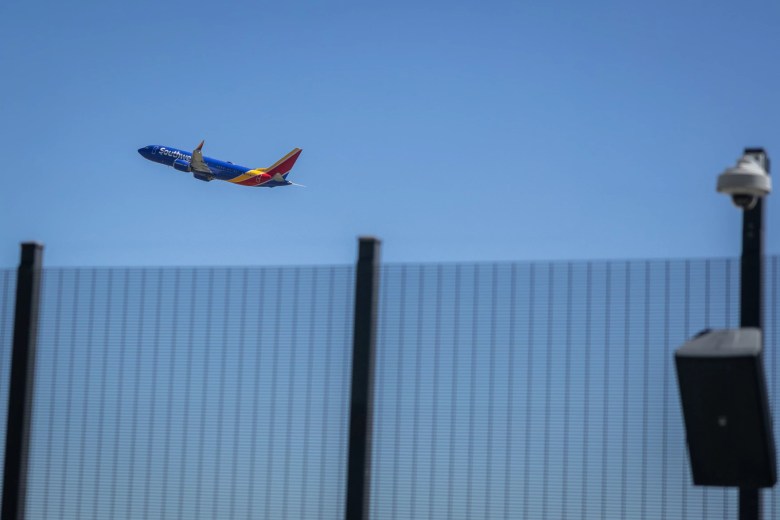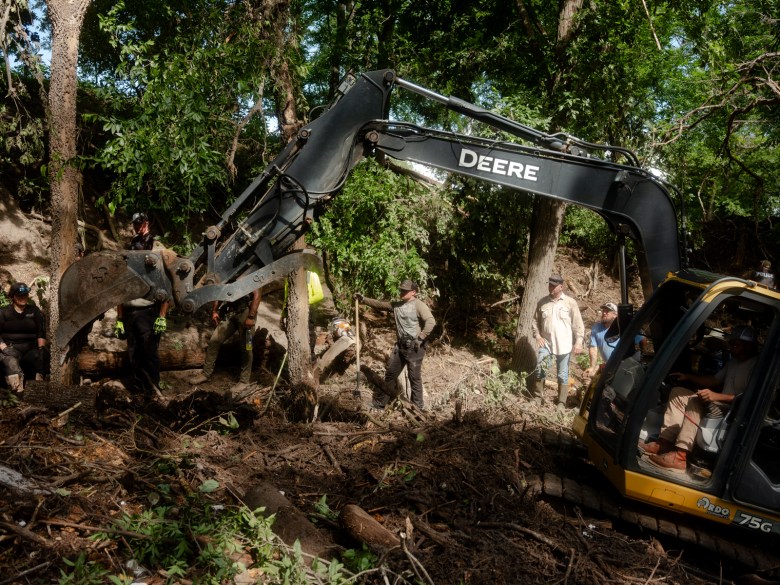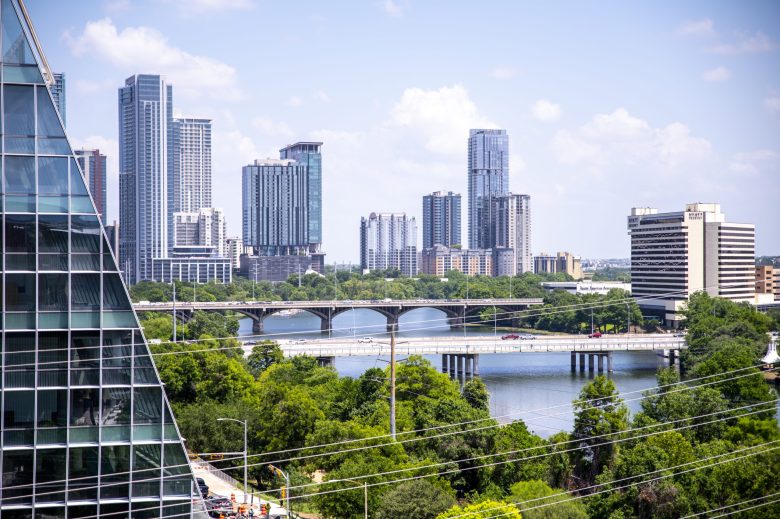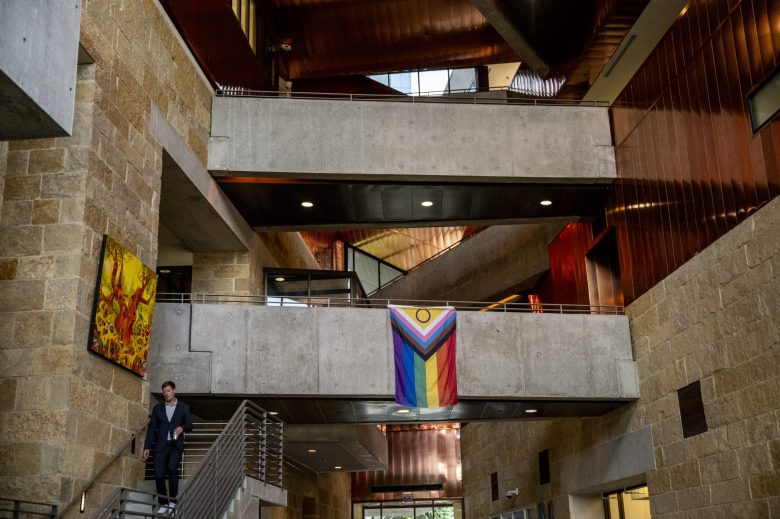California, Arizona, and Nevada lawmakers want the Trump administration to change how it deals with the problems caused by the Colorado River’s lack of water.
The three states have a number of worries that they want to be taken into account by Trump’s appointees who will be writing new rules to deal with the river’s chronic water shortages. One of their main requests is that Glen Canyon Dam be fixed or remodeled.
In the past few years, people have become more aware of the problems with the dam’s facilities in northern Arizona. If Lake Powell’s levels keep dropping and hit dangerously low levels, water could only be released through four steel tubes that are 8 feet wide. This could limit how much water could flow downstream to the three states and Mexico.
Damage was found in those four tubes by government officials last year. This could make it very hard for water to flow when reservoir levels are low, which increased the chance that the Southwest could have major water shortages that were not expected.
California’s Colorado River commissioner JB Hamby said, “It’s better for the dam to actually work without getting in the way and requiring huge cuts.” He said that fixing Glen Canyon Dam “would stop the need for harsh reductions.”
In a letter sent to the Trump administration last month, Hamby and people working for the governors of Arizona and Nevada told them about their worries.
They asked Secretary of the Interior Doug Burgum to throw out a report that the Biden administration put out in November that listed possible new rules for managing water. They said that the report didn’t take their ideas into account and would be against the 1922 Colorado River Compact, which is the main agreement that decides who gets what amount of water.
They said that the government Bureau of Reclamation, which controls the dams on the river, “must evaluate the impacts of infrastructure repairs, modifications and enhancements at Glen Canyon Dam” as part of its decision-making process.
Cities from Denver to Los Angeles, 30 Native American groups, and farmlands from the Rocky Mountains to northern Mexico all get their water from the Colorado River. California farms in the Imperial Valley and the Coachella Valley, as well as towns from Palm Springs to San Diego, get their water from the Colorado River.
The river’s water has been used too much for a long time, and since 2000, its reserves have dropped by a huge amount. In that time, the river’s normal flow has dropped by about 20%. Drought is partly to blame, but scientists think that global warming from burning fossil fuels and increasing levels of greenhouse gases have caused about half of the drop in flow.
Lake Powell is the second-largest reservoir in the United States. The water level is now 34% of its full capacity. At this point, the top of the lake is 71 feet above the level at which water could no longer flow through the main intakes of the dam. Instead, it would have to go through the low-level bypass tubes, which are also known as the river outlet works.
Last year, the managers of the dam said they had seen damage in these bypass tubes. Federal officials have said they are looking into ways to fix the problem, but they have been doing this separately from making new rules for sharing shortages.
The letter from the three states on February 13 said that it would be against the law for these “infrastructure limitations” not to be included in the new rules.
According to what they wrote, the previous administration’s plan to protect the Lake Powell outlet by lowering Lake Powell’s flows instead of fixing and improving infrastructure was not a good one. They said that this plan would hurt the three states “by cutting off our farmers, communities, and economies from water.”
Since the dam was finished in the 1960s, Lake Powell has sparkled between the reddish sandstone walls of Glen Canyon, which runs along the border between Arizona and Utah.
But Glen Canyon Dam has been controversial since the beginning. Environmentalists say the reservoir wasn’t needed and ruined the nature of the canyon. In the past few years, people who want to restore rivers have called for reengineering the dam and slowly lowering Lake Powell so that the water can be stored in Lake Mead, which is near Las Vegas.
He said that the dam wasn’t made very well. In his mind, it was like a car gas tank that wouldn’t work if it was less than half full.
“You have a few choices.” As Hamby put it, “You could either keep putting gas in your car or just stop driving.” “Go get your car fixed instead,” he said.
California wants the federal government to change its mind, but there are also ongoing disagreements between the two sides that have left them unable to come to a deal. On one side are California, Arizona, and Nevada, which are in the lower basin of the river. They have been unable to reach an agreement with Colorado, Utah, Wyoming, and New Mexico, which are in the top basin of the river.
People on both sides say they are ready to keep trying to come to an agreement about how to divide up water use cuts after the current rules end in 2026.
Along with John Entsminger of Nevada and Tom Buschatzke of Arizona, Hamby wrote that the possible water supply bottleneck at Glen Canyon Dam could be “avoided by some combination of straightforward engineering fixes, moving water to Lake Powell from upstream reservoirs when necessary, and temporary reductions in upper basin use.”
They strongly backed a “collaborative, consensus-driven approach,” but they also said that if there wasn’t a consensus, ongoing disagreements between the seven states that make up the Colorado River Basin might lead to court cases.
If you asked the Bureau of Reclamation about the message from the states, they said in an email that they are “actively engaging in dialogue with the Colorado River Basin partners as we work toward long-term operational agreements for the river after 2026.”
In the letter, the three states made it clear that the 1922 Colorado River Compact says that the states in the upper river must send an average of 7.5 million acre-feet of water to California, Arizona, and Nevada every year for ten years. If the needed minimum amount of water deliveries dropped, the states in the lower basin would be able to make a “compact call” and tell the states in the upper basin to cut back on how much water they use.
There were 23 references to a possible compact call in the letter. It said that this result is “reasonably foreseeable” in the next few years if the states can’t come to an agreement. The effects must be thought about by the federal government as it looks at other options.
Hamby said, “In the end, having a strong federal role to get people to work together and find a middle ground is essential to get us to a place where we can manage the river in a way that doesn’t end up in court.”
Greens said they agree with Nevada, Arizona, and California.
“The letter is really trying to get the Bureau of Reclamation to rebuild those bypass tubes so they can move enough water,” said Gary Wockner, head of the non-profit group Save The World’s Rivers in Colorado. “Infrastructure needs to be found so that water can flow through or around that dam so that the Colorado River Compact is not broken.”
During the Biden administration, government officials said they were looking into the idea of fixing up the dam. They talked about ideas like making new lower-level intakes by drilling through the concrete of the dam or digging a shaft around both sides of the dam, among other things.
Bureau of Reclamation said in September that it would spend $8.9 million to reline the bypass tubes because the original coal-tar covering was “showing normal signs of wear and tear” after being used for more than 60 years. The government said that this repair work, which will likely take a year, will not stop the risk of more “cavitation” when the reservoir levels are low. “Cavitation” is the formation and collapse of air bubbles in moving water, which can damage metal and infrastructure. The government said it was “working on reducing that risk” by making temporary plans and doing “additional analyses.”
But in their letter, the three states said they thought the government should do more to fix what they saw as flaws in the design of the dam.
It wrote this letter because it thinks there is a very big risk to water delivery at Glen Canyon Dam, said Eric Balken, head of the non-profit Glen Canyon Institute.
He said, “Something needs to be done right away because the writing is on the wall.” “We need to have a great discussion about how to reengineer Glen Canyon Dam if we want to fix this river system for good.”




